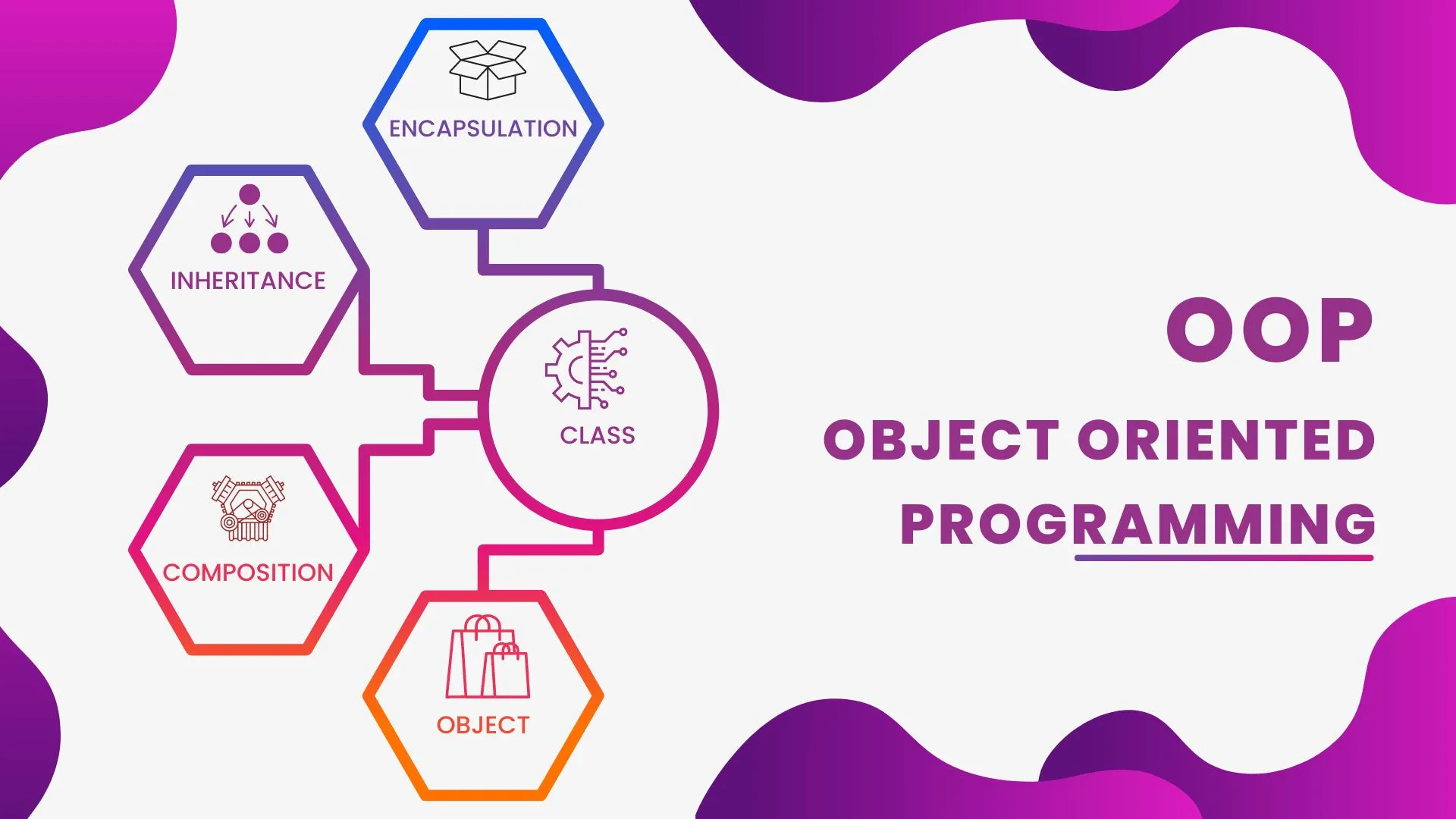Understanding Object-Oriented Programming: A Comprehensive Guide
Understanding Object-Oriented Programming: A Comprehensive Guide
Introduction
Object-Oriented Programming (OOP) is a programming paradigm that has revolutionized software development. It's a powerful and flexible way to design and organize code, making it easier to create complex applications while promoting reusability and maintainability. In this blog post, we'll take a deep dive into the world of OOP, exploring its fundamental concepts, principles, and best practices.
Table of Contents
- What is Object-Oriented Programming?
- 1. Key Concepts of OOP a. Classes and Objects b. Encapsulation c. Inheritance d. Polymorphism
- 2. Benefits of Object-Oriented Programming a. Code Reusability b. Modularity c. Maintainability d. Flexibility
- 3. Common OOP Languages
- 4. Best Practices in OOP
- 5. Challenges and Pitfalls
- 6. Conclusion
1. What is Object-Oriented Programming?
2. Key Concepts of OOP
a. Classes and Objects
b. Encapsulation
Encapsulation is the concept of bundling data (attributes) and methods (functions) that operate on that data into a single unit (a class). This helps in data hiding and controlling access to an object's internal state.
c. Inheritance
d. Polymorphism
3. Benefits of Object-Oriented Programming
a. Code Reusability
b. Modularity
Classes and objects encourage a modular approach to programming, making it easier to understand, test, and maintain code.

Comments
Post a Comment